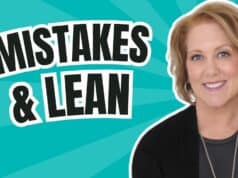A core Lean concept is “error proofing.” We use physical devices or processes that make it difficult or impossible for errors to be made. For a great resource on error proofing, check out John Grout's Poka-Yoke page.
So let's go back in time… let's say it's early in the 20th century (the era of black and white photos). You have a problem with false alarms with fire boxes, people are pulling the alarm, which wastes resources of the fire department and creates all sorts of risks.
So can you error proof this? You could, maybe, but would you want to? You might get a good chuckle about this one “solution” that was designed (and never took root). The punchline is at the link below:
What are some obvious problems with this attempt at prevention?
Subscribe via RSS | Lean Blog Main Page | Podcast | Twitter @markgraban
Please scroll down (or click) to post a comment. Connect with me on LinkedIn.
If you’re working to build a culture where people feel safe to speak up, solve problems, and improve every day, I’d be glad to help. Let’s talk about how to strengthen Psychological Safety and Continuous Improvement in your organization.









Problems? … well for one if the fire was close, the police might find only crispy critter remains of the alarm raiser. wouldn’t take long for people to be reluctant to turn in ANY alarms :-)
OBTW, GR8 link to Dr. John Grout whose work I did not know, thanks.
/Dr. Pete
Exactly!!
Grout’s work/site is great.
He has a free pub on healthcare error proofing done through AHRQ, should check it out:
http://www.ahrq.gov/qual/mistakeproof/
LINK
I can only imagine the room of geniuses that came up with the idea to lock someone inside a burning building. I guess they thought there were more false alarms then real fires so statistically it was safe.
How about squirting some ink on the person? Im messy but I am alive.
Comments are closed.